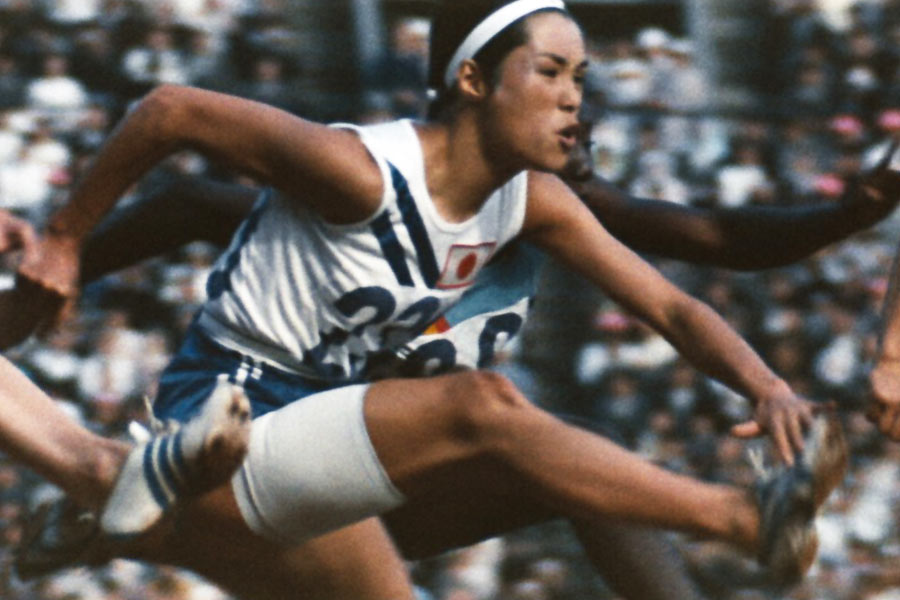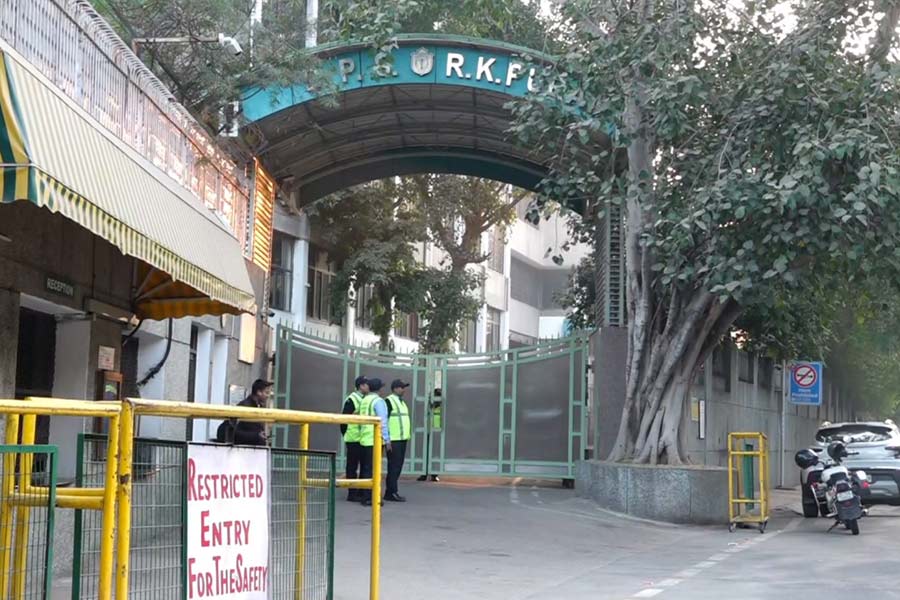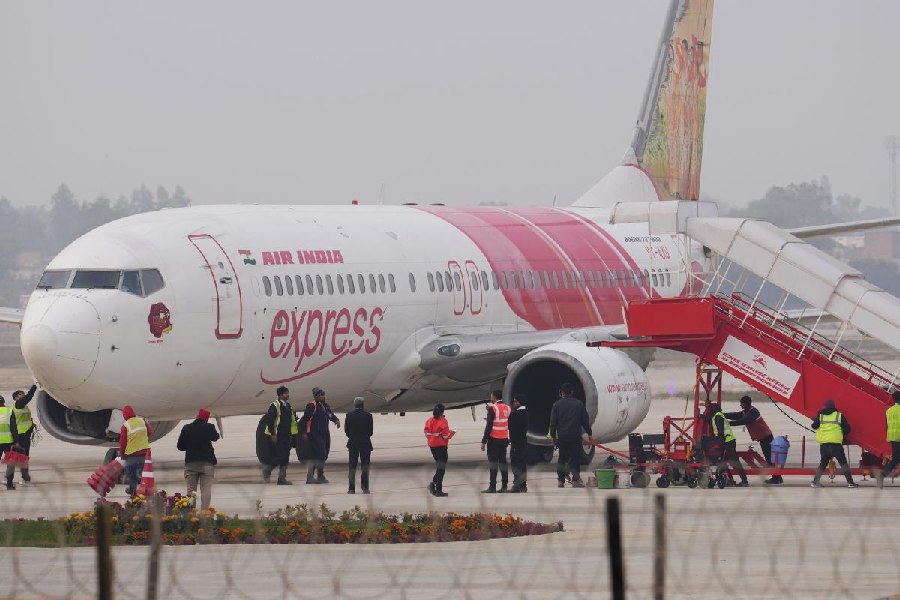With India hosting the International Olympic Committee (IOC) session after 40 years in Mumbai between October 15 and 17, the Film Heritage Foundation, in collaboration with the Olympic Museum, has chalked out a first-of-its-kind festival of Olympic films. The festival, taking place in Mumbai (October 1-7) and in Delhi (October 7-14) is a feast for cinephiles with 33 films and 10 series from the Olympic Channel.
The films include Tokyo Olympiad (1965) by Japanese director Kon Ichikawa that has been described as ‘a masterpiece of visual design’; the magnificent Olympia: Parts One and Two (1938) by Leni Riefenstahl; Visions of Eight (1973) made for Munich 1972 that comprised eight sections directed by an array of acclaimed filmmakers including Milos Forman, Claude Lelouch, Kon Ichikawa and John Schlesinger; Alberto Isaac’s Olympics in Mexico (1969) that was nominated for an Academy Award; the first of Bud Greenspan’s ten Official Films, 16 Days of Glory (1986), that travelled out of the stadium to interview the competitors and their families; Carlos Saura’s Marathon (1993) – the Official Film of Barcelona 1992 – that used the men’s marathon as the vehicle to weave the narrative of his vision of the Games. The Olympic Channel series offers a view into the world of Indian Olympians and sportspersons with Jee Jaan Se and An Olympic Tale.
Shivendra Singh Dungarpur, founder director of Film Heritage Foundation, spoke to The Telegraph Online.
How did the idea for a festival of films and photographs around the Olympics originate, and how did the Film Heritage Foundation come into the picture?
Shivendra Singh Dungarpur: Our link to the Olympics in the first instance is that Film Heritage Foundation and The Olympic Museum are fellow members of the International Federation of Film Archives (FIAF) of which I am a member of the Executive Committee. Film Heritage Foundation is also well known internationally for the calibre and quality of the events we do, whether it was Reframing the Future of Film that we did in Mumbai with Christopher Nolan and Tacita Dean, or our annual film preservation workshops in association with FIAF.
The Olympic Museum — that comes under the umbrella of the IOC — approached us sometime in February this year that with India hosting the IOC session, it would be an ideal time to showcase Olympic films in Mumbai for the first time. I was familiar with one great Olympic film, Olympia (1938) on the 1936 Berlin Olympics directed by Leni Riefenstahl. I had seen it several times and it’s just an astounding work even today.
I had also seen Visions of Eight (1973) on the 1972 Munich Olympics, which is an anthology of films made by several great directors. I was aware that the Olympic Museum had a superb collection of films and what I had seen so far was just the tip of the iceberg.
The beauty of this festival is that the films cover over a century of sporting history and will interest everyone from the cinephile to the sports and history buffs and even children.
Tell us something about your collaboration with and involvement of the Olympic Museum and the IOC in putting together the festival.
Shivendra Singh Dungarpur: Putting together the festival of films and photographs took months of work and several Zoom calls and endless emails. For the films, I worked closely with Robert Jaquier, project manager – Olympic Films, Heritage – Images & Sounds, Olympic Museum. I had to watch all the films and then decide which would work best for an Indian audience.
I knew that it would be important to include Indian content in the festival both in the films as well as the photographs. And that’s how the idea evolved, of unveiling the stunning work of photographer Poulomi Basu recently shot in Odisha and putting historic photographs of Indians in the Olympics across the city of Mumbai in a tie-up with the BMC.
As far as the Olympism Made Visible photo exhibition was concerned, we worked closely with photographers Dana Lixenberg, Lorenzo Vitturi and Poulomi Basu and had a dialogue with our design team to ensure that we stayed true to their artistic vision and how they would like their work presented.
Given how difficult it was to make people understand that when we spoke about an Olympic film festival, we were not talking about Chariots of Fire or Bhaag Milka Bhaag, I knew that the films that we chose would have to leave an impression on the audience from an artistic point of view, but also showcase the breadth and depth of over a century of Olympic film heritage. What is interesting though is that it also showcases a century of the evolution of film, beginning from black-and-white to colour to Technicolor and from 16mm to 35mm to 70mm and digital formats.
In an age of filmmaking that is increasingly dependent on computer graphics and visual effects and AI, many of these films made over a century are triumphs of analogue film craft from 16mm to 70mm formats.
The Official Film of the Olympic Games Helsinki 1952 involved a team of 60 cameramen from nine countries; the London 1948 film was the first Olympic colour film shot by 16 cameramen in glorious Technicolor; in 1936 Leni Riefenstahl captured 1.2 million feet of film for Olympia, shot by more than 50 cameramen from every conceivable angle including underwater; dazzling editing technique and sound design and use of telephoto lenses in the films makes for a breathtaking viewing experience even if you are not a sports aficionado.
What can Indian films viewers expect to see? Tell us something about the Olympic Channel Series.
Shivendra Singh Dungarpur: Here I would like to quote Robert Jaquier, who says, ‘The program will highlight India’s achievements at the Olympics, from the many victories in field hockey to medals in individual sports starting in Helsinki 1952 and up to the recent Games.
Launched by the IOC in August 2016, the Olympic Channel is a multi-platform global media destination where fans can discover, engage and share in the power of sport and the excitement of the Olympic Games all year round. We selected 10 of their recent original short series which will play before each Olympic film screening. Their screenings in a theatrical environment is a first and a further recognition of their creativity and quality. These short series have a strong Indian and urban focus which will engage local and younger audiences: from the best of India at the Olympics and India’s Olympic hopefuls to impactful stories of women empowerment through sport and refugees’ brave journey to the Olympics; from breaking and new forms of urban sports to the playful meetings of Olympians with cricketers and rock stars.’
As a nation, we are beginning to realise the potential of our sporting possibilities. How do you think a festival like this can help towards that?
Shivendra Singh Dungarpur: I’d like to refer to a quote by the Olympian and badminton champion Aparna Popat: ‘When I began my badminton journey as a child, aspiring to attain sporting excellence, I was immensely inspired by powerful images of the Olympics that I saw on the screen. That inspiration helped me achieve my dream of representing India at two Olympic Games and winning a record 16 National singles titles in a span of 17 years. I strongly feel that the Olympics represents so much more than just the Games and medals. Sport gave me the necessary education and the life skills to learn how to accept, adapt, persist and face challenges. These learnings are what make participating in sport so valuable for the younger generation.’
Whether it’s through the powerful images displayed in the Olympism Made Visible exhibition, or through historic photographs of Indians in Olympics displayed across the city of Mumbai or through the work of great masters in the 33 films, the festival goes beyond the games to the philosophy and humanism of sport and the history of the world told through the prism of sport. When you’re looking at these films, it has all the drama of human striving and endeavour, the highs and the lows of winning and losing, but also the historical, political and social context in which the Games were conducted.
This is the reason we have tapped into the network of 1,200 BMC schools in Mumbai so that children can come and watch these films which they would not have access to. We have also tied up with INTACH in Delhi to bring school children to the screening at the IIC in Delhi.
Also, with breakdancing becoming an Olympic sport, it has suddenly put a spotlight on B-Boying which is performed in the gullies of Mumbai. We’ve included a series from the Olympic Channel on breaking in this festival. We are showing that film and that would encourage a whole lot of youngsters, many of whom live in less privileged communities, to dream that they too could become an Olympian. I think the whole purpose is to share the culture and values of the Olympics through film and sport.
(Shantanu Ray Chaudhuri is a film and music buff, editor, publisher, film critic and writer)











